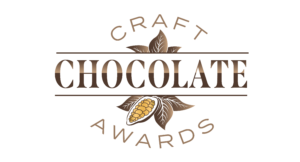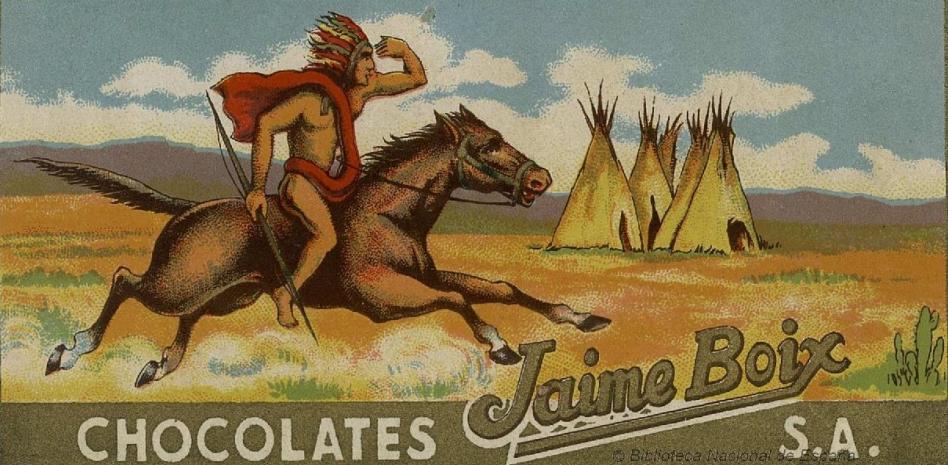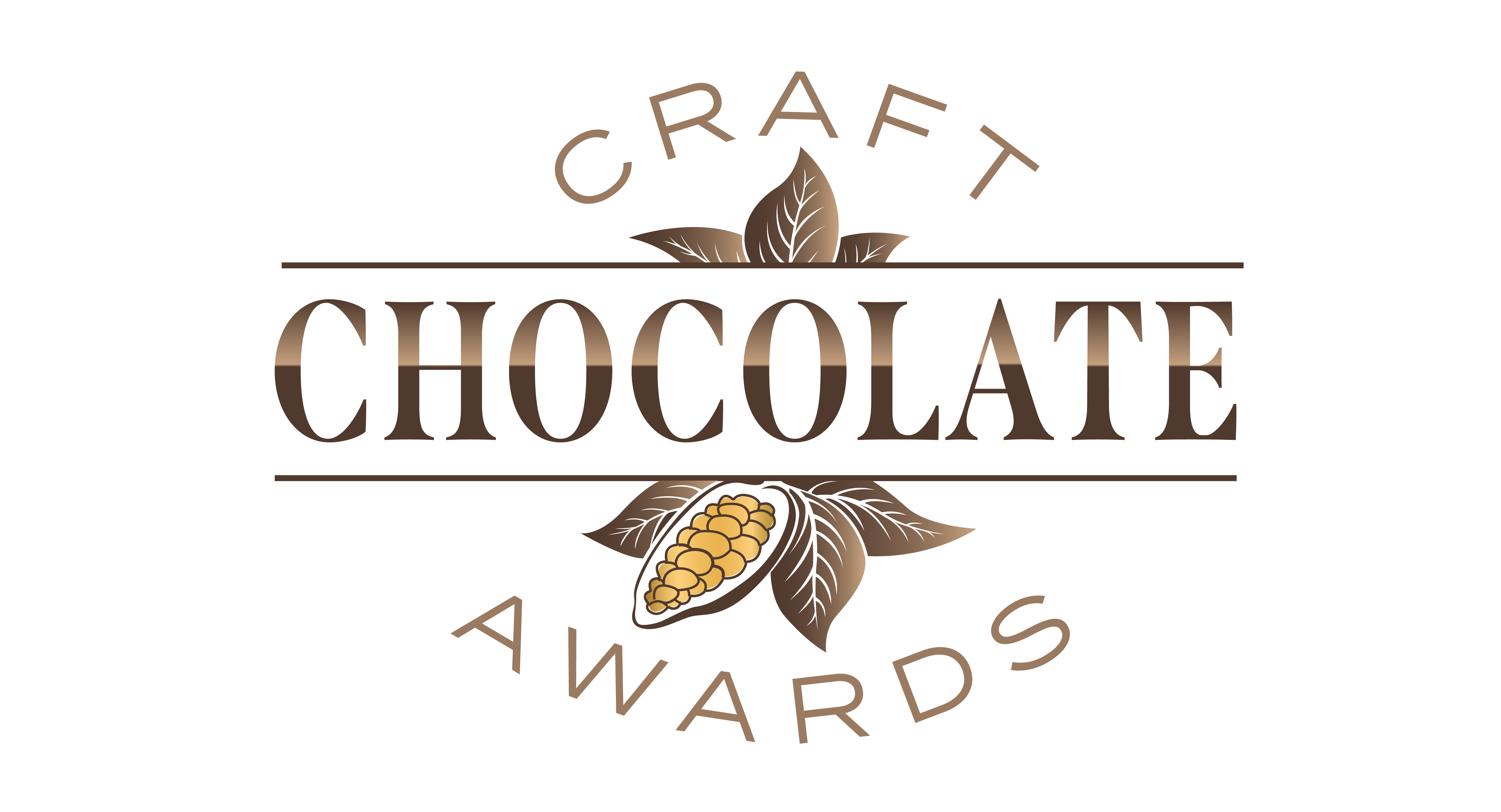History books don’t record the secret chocolate war that sweetened Spain at the end of the 19th century and well into the 20th century. The combatants, mostly from Barcelona and Madrid, used modern weapons and recruited soldiers in their push for final victory. An army of families and companies fought the battles. Many would say nothing to modern readers, but without them, it would be impossible to recreate an era.
The list is incomplete: Juncosa, Amatller, Simón, Torras, Jaume Boix, Matías López, Venancio Vázquez, José Gómez, La España, La Española de la viuda de Cunill, Compañía Colonial, Vinas y Cia, Eduardo Pi and Louit Hermanos. Two emblematic companies, Amatller and Juncosa were absorbed by the Simón house, now Simón Coll, is one of the few survivors and has since merged with Torras.
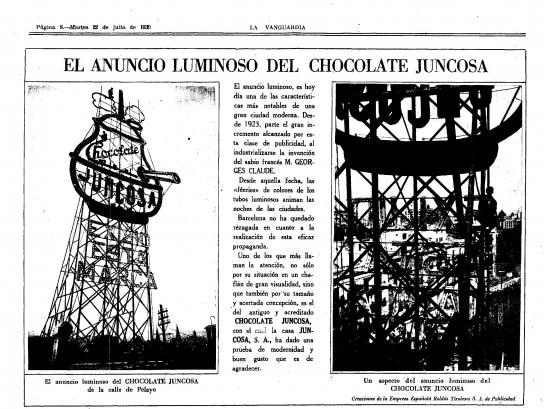
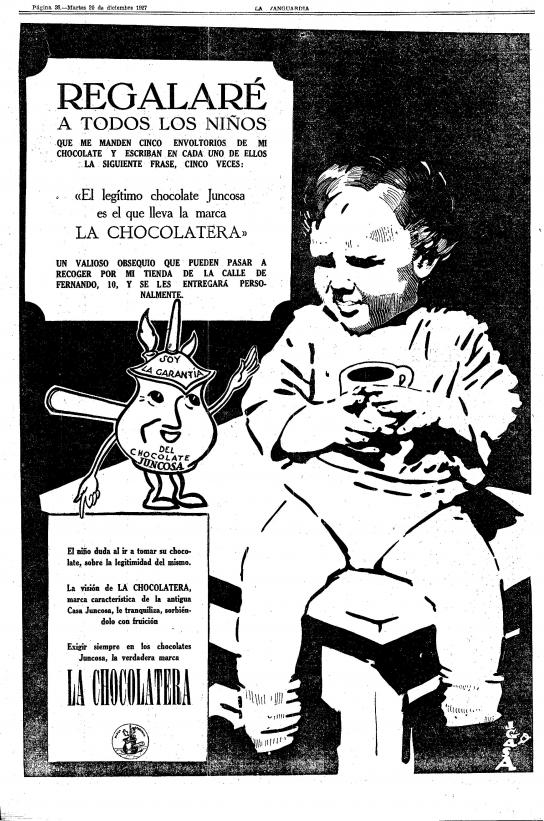
If the chocolate war had notable battles, they were initiated by the Juncosa family. This Catalan family, enriched by their cocoa business, was the first to use a weapon still in its infancy in nineteenth-century Spain: advertising. The newspaper database of La Vanguardia is full of advertisements for Chocolates Juncosa and its rivals. They all demonstrate the ferocity of the fight for Spanish chocolate dominance.
Vinas y Cia., for example, promoted its “pure ingredients.” That was no trivial matter. On January 24, 1909, a complaint by rival chocolate house Tupinanba warned against those who used “Carob, bread crumbs, tripe fats, earth, paint pigments and varnishes for no other purpose than to drive down production costs: The poor children who drink chocolate with these ingredients! Adulterated chocolate poisons!”
In 1927, Chocolates Juncosa continued to advertise on the dangers of their unnamed competitors’ adultured chocolates and the potential effects on children. A full-page advertisement with a child almost in diapers had this slogan: “The legitimate Juncosa chocolate is the one bearing the La Chocolatera brand.” The advertisement also added an unusual line: “The child doubts the legitimacy of his chocolate when he drinks it. The presence of La Chocolatera calms him down.”
Not all chocolate producers could afford to invest in reassuring parents that their children were being fed only the best and purest chocolate, but they got even where they could. Arumí Chocolate bragged about “its constant increase in production, obtained without ads, salesmen or claims of any kind, deserving the preference of people of good taste.” Of course, how and where did they brag? In an advertisement!
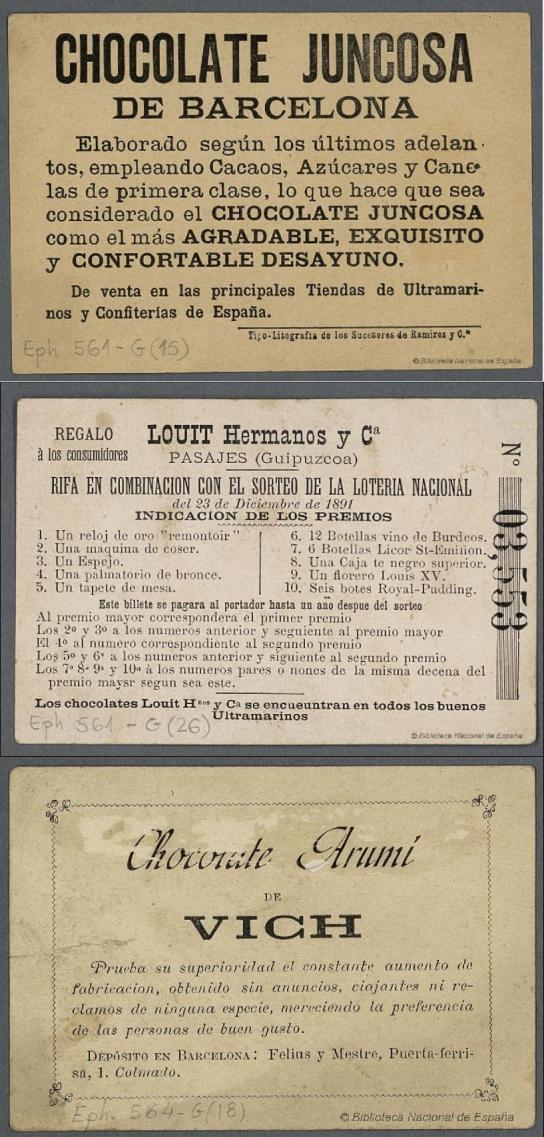
A rival manufacturer advertised that his sweets could be found in every grocery store? No big deal. The rivals were counterattacked. Louit Hermanos & Cia. Chocolates, from Guipúzcoa, replied that their products “could be found in all good grocery stores.”
The Juncosa family (“For sale the main grocery stores and confectioneries in Spain”) also bragged about “using first class cocoa, sugars and cinnamon.” If others referred to people of “good taste,” the Juncosa family appealed to the class and elegance of its customers. In the politically drought era of Spanish politics, “class” had a special connotation. After the 1939 Spanish Civil War which saw the communists defeated by Franco’s fascist regime, the word class was always italicized or displayed in quotation marks to clarify the intended meaning.
See The Craft Chocolate Awards winners
From Icelandic dark chocolate bars with hints of juniper to ginger dark chocolate with brown sugar from Taiwan and everything inbetween, our awards recognize the best chocolate in the world. See the winners +
Perhaps the advertising campaign was intended to highlight that the class being referenced was a synonym of style, and had nothing to do with that of Karl Marx (“class struggle is the motor force of history”). On March 20, 1965, in the middle of Franco’s regime, the newspaper La Vanguardia published a revealing advertisement for the famous chocolatiering house (though this campaign would be one of the last, and not as big as years before: times were changing for Chocolates Juncosa empire).
That ad, reminiscent of a swan song from a bygone era, reminded the reader that Juncosa’s products “retain the ‘class’ that a long tradition of nutritional value” gave them. The anonymous copywriter added that this was “a tasty dynasty” which had been making chocolate for “close to a century.” The company had in fact been making chocolate for significantly longer: for at least 130 years since the company was founded in 1835 by Olegario Juncosa.
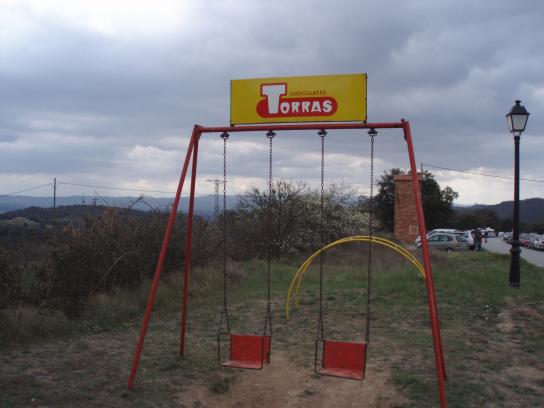
A newer entrant into the field of Spanish chocolate was another Catalan chocolate maker which has survived and thrived until today, Torras, founded in Girona in 1890 before Spain lost her colonies in Cuba and the Philippines.
Torras, like Amatller and Juncosa before, marketed to school-aged customers with trading cards. There were all kinds: religious figures, explorers, and other famous men (and all 24 were men, with not an accomplished woman in sight).
From sports, to wars and plant life, any field interesting to children was suitable for a collection. Juncosa loved military history, especially the Spanish-American War, which they gave a unique version of that could make people believe that Spain defeated the United States!
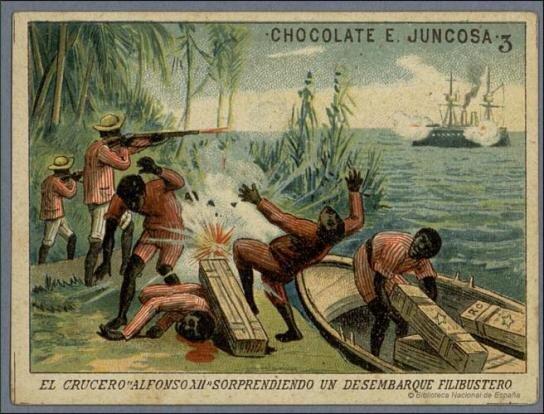
Olegario Juncosa, the founder and chocolate patriarch, died on July 19, 1881. On the 24th, his death was memorialized in La Vanguardia: “It has been known in this city the news of the sudden death, last Tuesday in Puigcerdà, of the well-known chocolate manufacturer Mr. Olegario Juncosa, of the prestigious establishment in Fernando Street.”
The founder’s four children continued and expanded the business with a new factory in the village of Gràcia. This next generation oversaw the growth of the business but the combination of passion and business acumen of the founding patriarch was not enough to sustain the business into a third generation. When the eldest sibling died, the remaining siblings decided to sell their shares and Hijos de Olegario Juncosa was renamed Chocolates Evaristo Juncosa. Under new ownership the company was revived and it opened new offices on Manso Street in Barcelona.
People interested in jobs werre directed to apply directly at the Manso Street headquarters. The company was looking for “female workers between 18 and 30 years old” or “chocolate wrapping assistants.” Their annual salary was 11,638 pesetas (for reference, an inexpensive Seat 600 sedan cost 65,000 pesetas at the time). It was not much, but they would work in a company with history and would never wrap “carob, crumbs, tripe, earth, paint pigments, and varnishes.”
More News
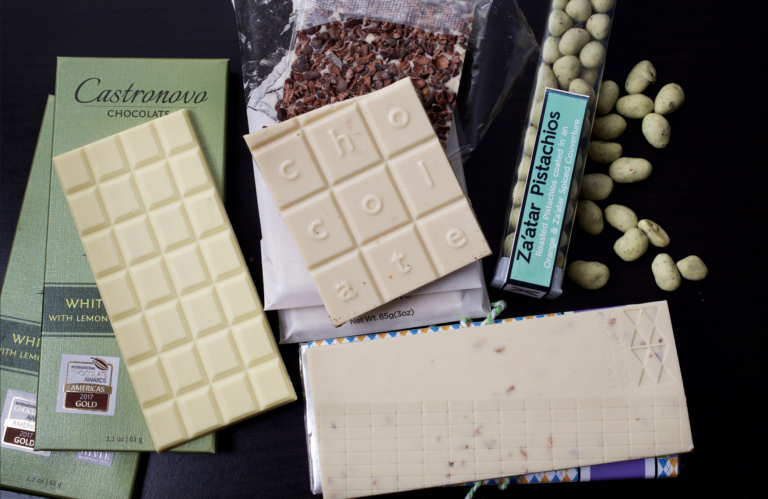
Best White Chocolate in the World
This article explores the origins and history of chocolate, tracing cacao’s use and cultural significance among ancient Mesoamerican civilizations like the Maya and Aztec. It
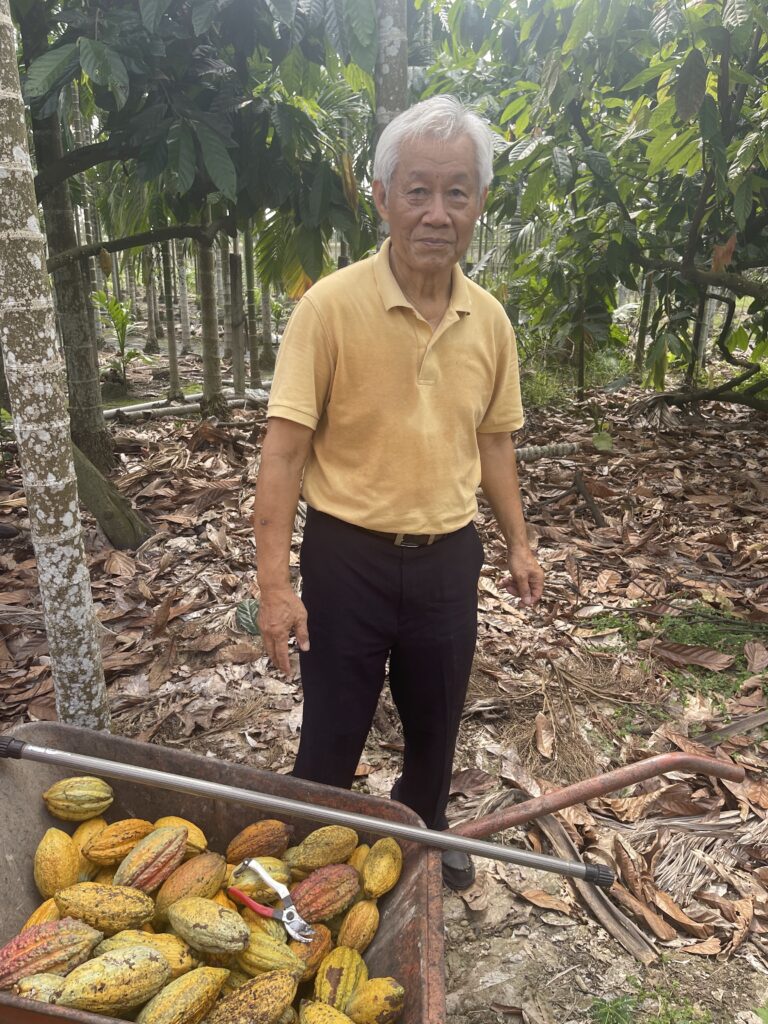
Taiwan’s Pioneering Cacao Farmers of Pingtung County
Embark on a journey through Taiwan’s lush Pingtung County, where 77-year-old Mr. Chou pioneers small-scale cacao farming, and award-winning chocolatier Jade Li transforms each harvest
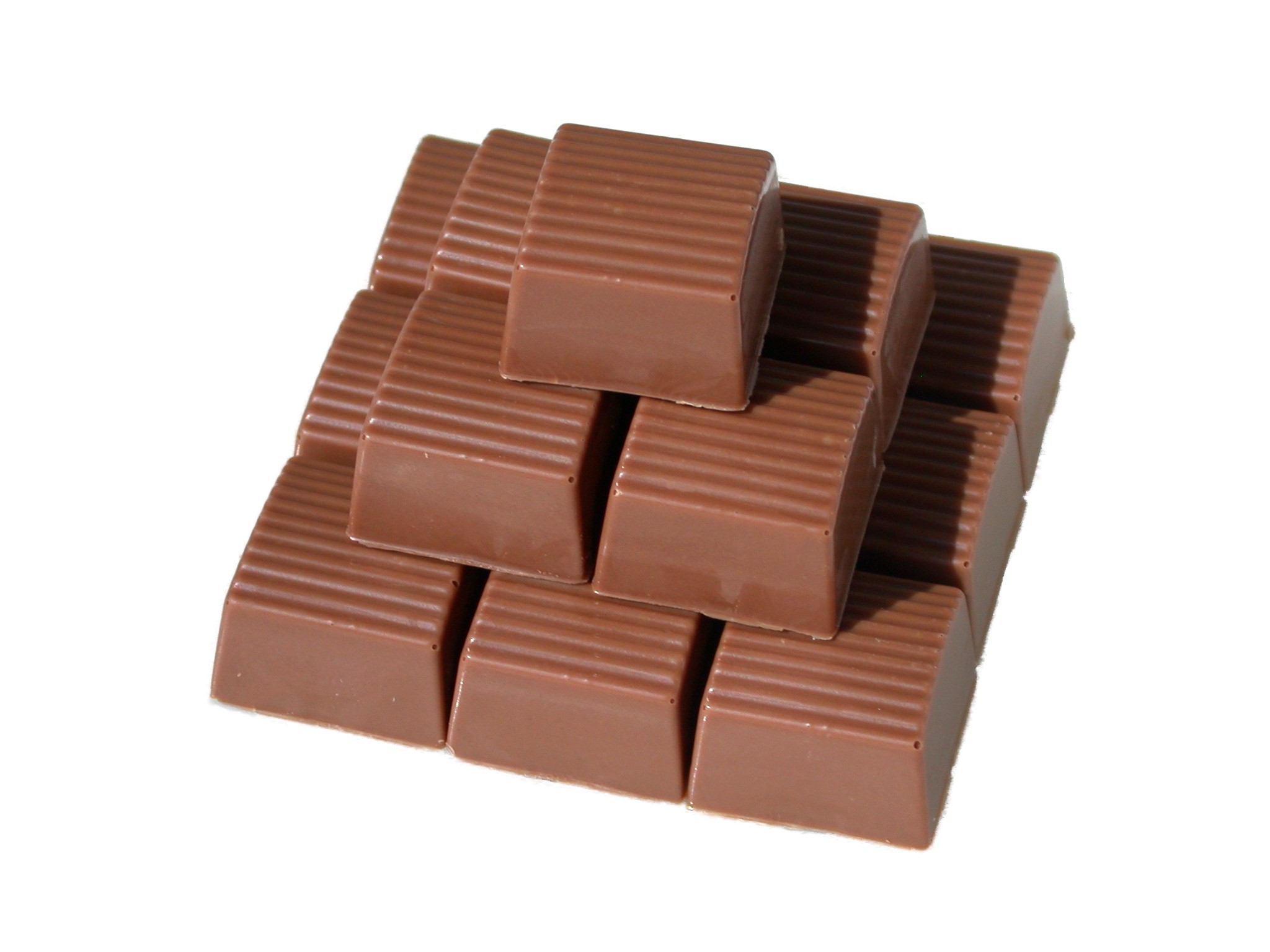
A Century of Sweet Success: The Evolution of the Best-Selling Chocolate Bar
Explore the delicious evolution of the best-selling chocolate bar, indulging in a rich history of flavor innovation and timeless satisfaction. Join us on a sweet journey through the irresistible transformation of the chocolate bar.
Don’t miss out on the latest Craft Chocolate news
Keep up-to-date on upcoming chocolate awards
